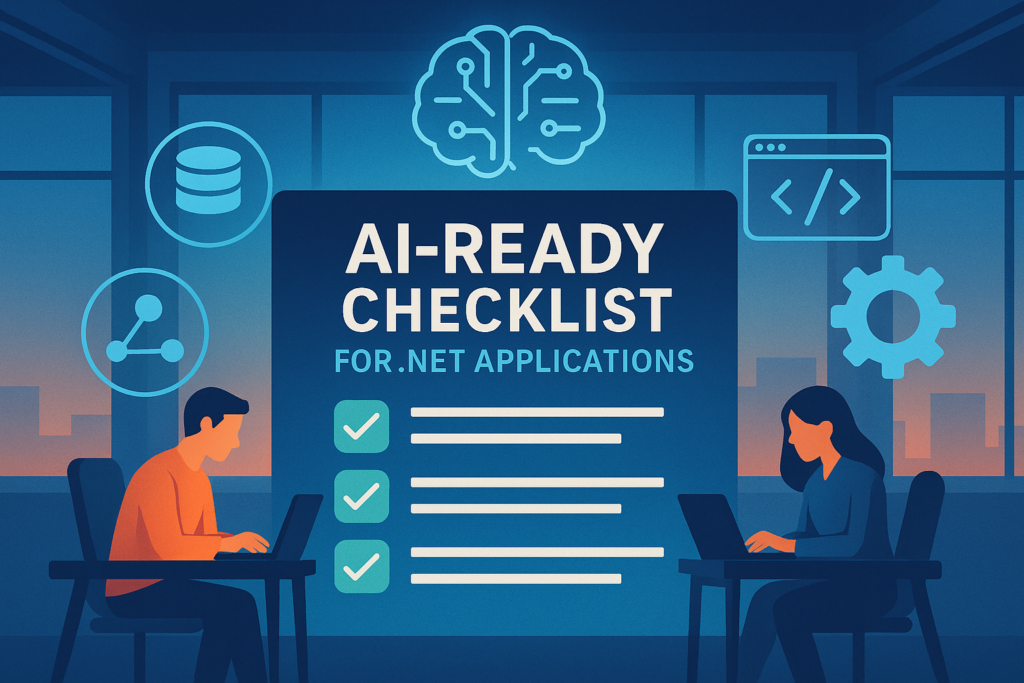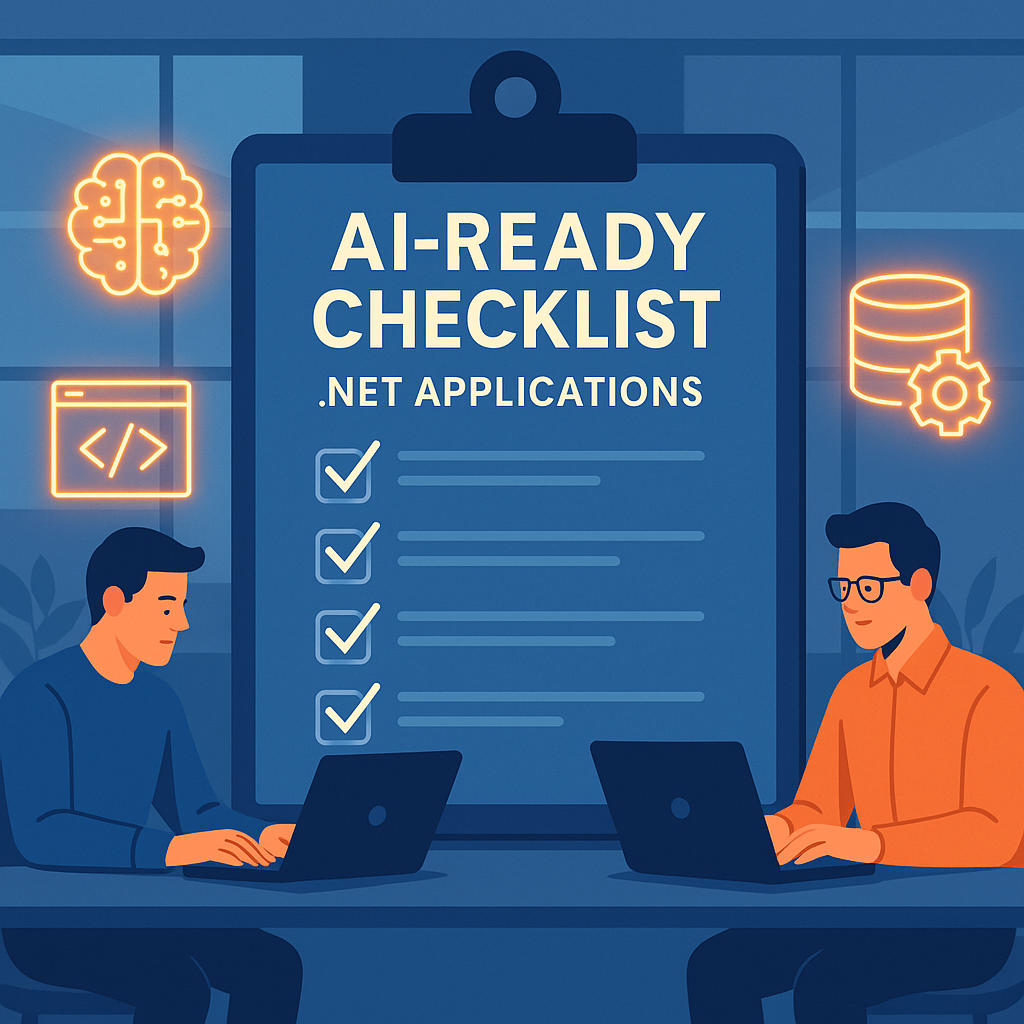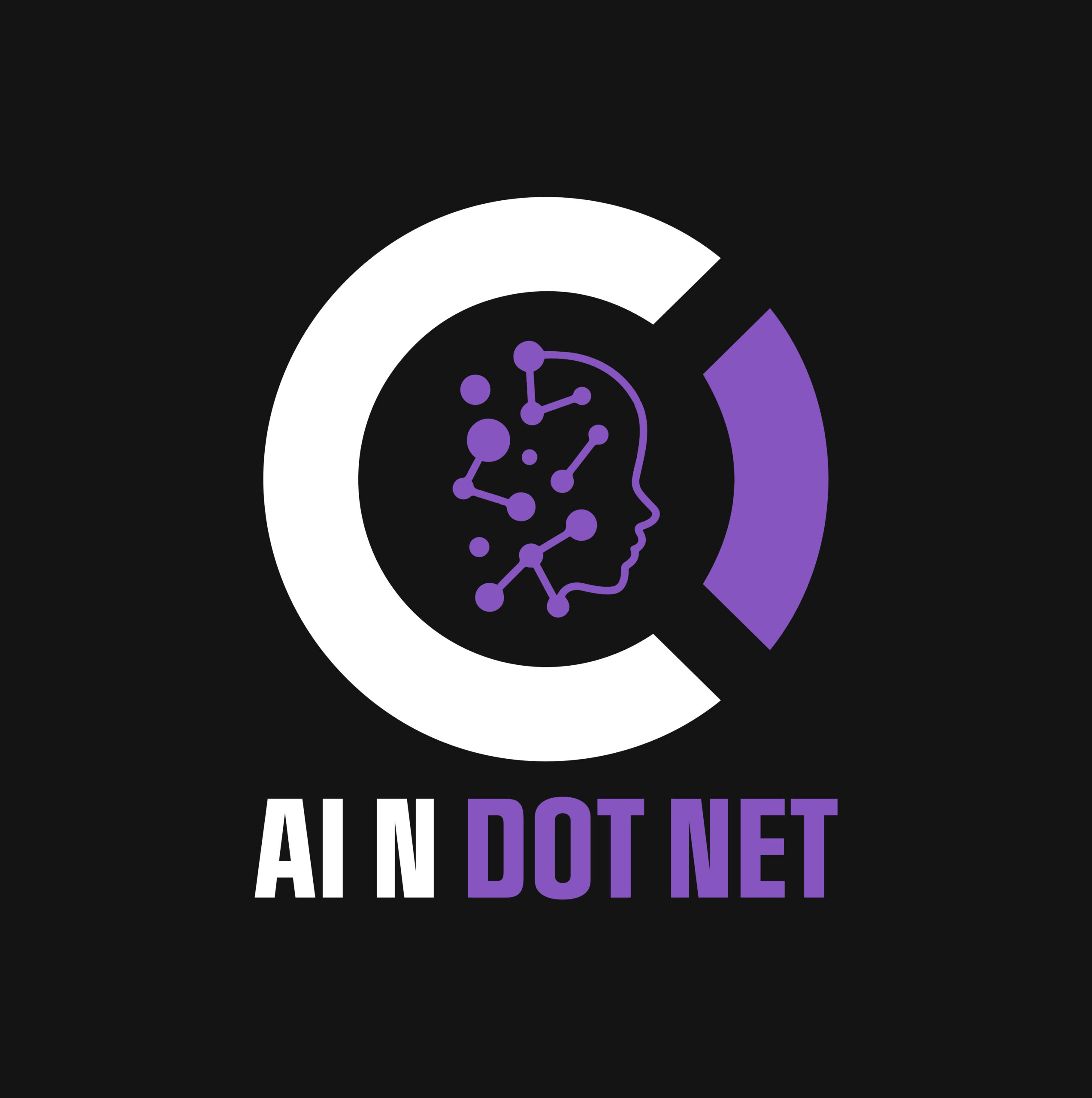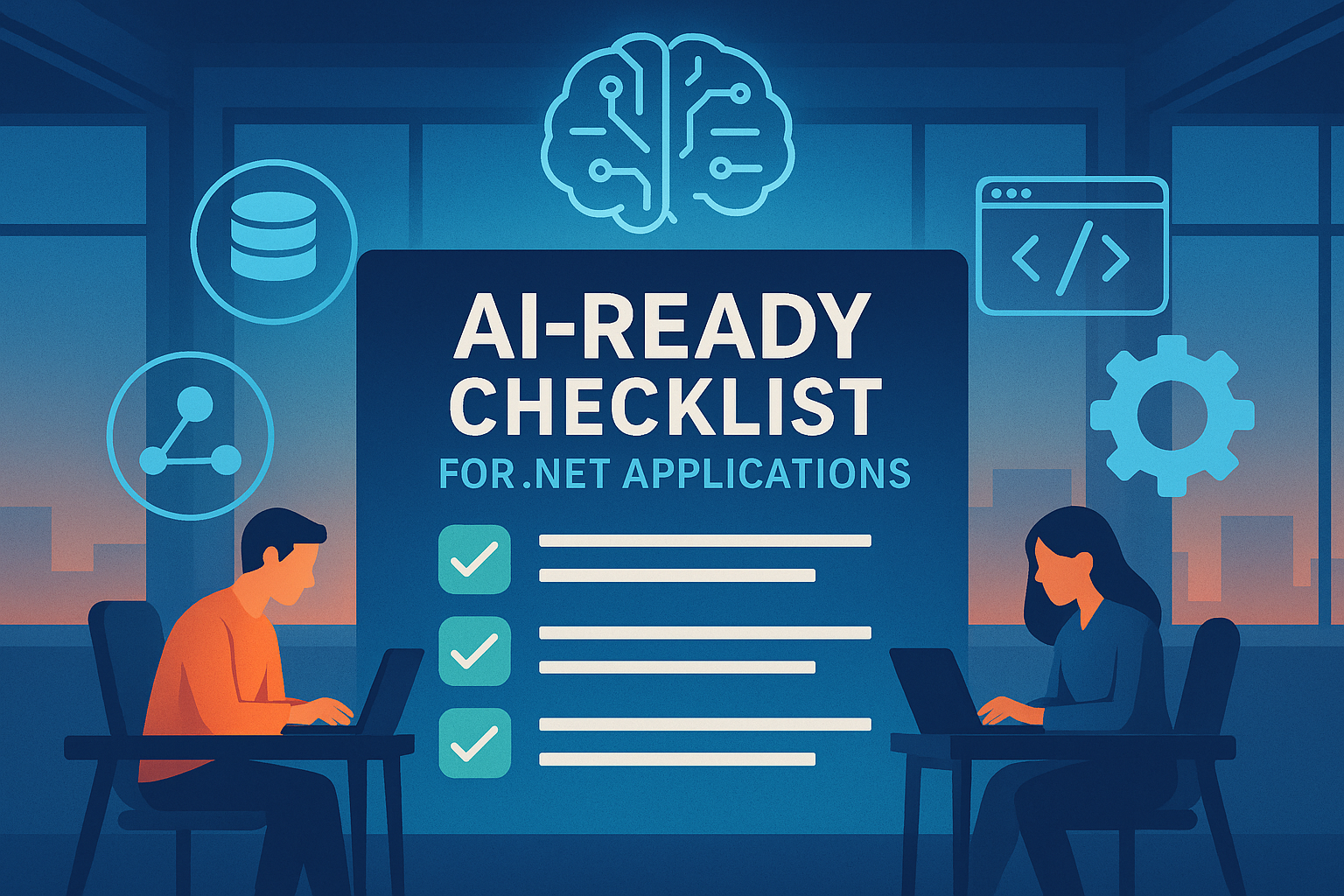Technical and architectural signs your .NET application is prepared for intelligent upgrades
Most AI projects fail before they start—not because the models are flawed, but because the application they’re meant to enhance isn’t ready.
If you’re working in a .NET environment and wondering whether your app can handle AI enhancements—like smart recommendations, anomaly detection, or a chatbot interface—this checklist is your early warning system.
🧠 Why AI-Readiness Matters
AI needs structure to succeed. You can’t bolt it onto a chaotic codebase and expect miracles. Successful AI adoption starts with a clean, observable, and maintainable foundation—especially in enterprise apps where security, compliance, and uptime matter.
✅ The AI-Readiness Checklist for .NET Teams
Here are the 10 core indicators that your .NET application is AI-ready:
1. Structured, Accessible Data
- You have: Well-organized databases, APIs, or logs that contain historical user behavior, transactions, or events.
- Why it matters: AI learns from the past. If your data is incomplete, fragmented, or locked in Excel hell, you’re not ready.
2. Event Logging and Traceability
- You have: Logging frameworks like Serilog, NLog, or Application Insights capturing structured data.
- Why it matters: You’ll need to trace inputs, outputs, errors, and edge cases for model evaluation and performance.
3. Modular Architecture
- You have: An application broken into services, APIs, or layers (e.g., MVC, domain-driven design).
- Why it matters: You don’t want to refactor 50,000 lines of code just to insert one AI service.
4. Asynchronous or Message-Based Capabilities

- You have: Some support for queues, background jobs (e.g., Hangfire), or Azure Service Bus.
- Why it matters: AI operations—especially inference—often happen out-of-band. Blocking threads = bad.
5. Secure and Compliant Data Handling
- You have: Role-based access controls, data masking, and privacy-aware logging.
- Why it matters: AI raises compliance risk (GDPR, HIPAA, etc.). Your app must be audit-friendly.
6. Performance Monitoring in Place
- You have: Real-time monitoring and alerting via Azure Monitor, New Relic, or other tools.
- Why it matters: You need to detect when AI misbehaves—or slows things down.
7. Version Control and CI/CD
- You have: Git repos, branching strategies, automated builds, and deployment pipelines.
- Why it matters: AI means rapid iteration. You’ll need agility, rollback, and test automation.
8. API Contracts and Documentation
- You have: Well-defined Swagger/OpenAPI specs or XML docs for external and internal APIs.
- Why it matters: Models and AI services will depend on stable inputs and outputs.
9. Data Labeling and Feedback Loops
- You have: Some way to collect user feedback or ground-truth labels over time.
- Why it matters: No feedback = no learning. AI without looped improvement is dead on arrival.
10. AI Designated Use Cases Mapped to the App
- You have: Business-aligned goals like reducing churn, automating workflows, or enhancing decision-making.
- Why it matters: You’re not “AI-ready” until you know why you want AI in the first place.
🧰 .NET-Specific Tips
If your app uses:
- ML.NET: You can embed models directly in the app and run predictions locally.
- Azure AI Services: You can call external AI APIs (language, vision, search).
- Semantic Kernel: You can integrate large language models with prompts and workflows.
Each of these options depends on the app being cleanly modular, observable, and async-ready.
🚦Red Flags That You’re Not Ready

- Hardcoded business logic in the UI layer
- No logging or only flat text logs
- Relational data with 27 joins per query
- Lack of test coverage or CI/CD
- One developer knows everything and no one else touches it
📈 Final Thoughts: Think of AI as a Feature, Not a Fix
Adding AI doesn’t fix a brittle system—it amplifies its weaknesses.
For .NET teams, AI success starts with app health. Use this checklist to self-diagnose before you waste time prototyping something the system can’t support.
Need an AI-readiness audit or prototype plan for your Microsoft-based app?
At AInDotNet, we help .NET teams go from “what’s AI?” to “production-grade intelligence” using tools they already know.
Want to stay ahead in applied AI?
📑 Access Free AI Resources:
- Download our free AI whitepapers to explore cutting-edge AI applications in business.
- Check out our free AI infographics for quick, digestible AI insights.
- Explore our books on AI and .NET to dive deeper into AI-driven development.
- Stay informed by signing up for our free weekly newsletter

